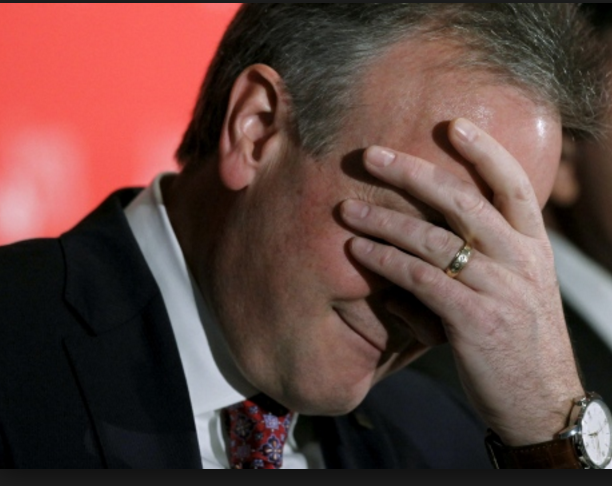By Michael O’Neill , Agility FX, Senior Analyst
President Trump dug deep into the Republican archives and borrowed from an eighty-nine-year election ad for his February 28 address to the Joint Session of Congress.
In 1928, Herbert Hoover, a Republican, became the 31st President of the United States. He won a landslide victory that was helped along by an ad that claimed Republican prosperity put the proverbial; “chicken in every pot”. And a car in every back yard, to boot.”
President Trump didn’t promise anything about chickens but he did allude to a “hawg in every market”. Well, not in so many words. What he said was that “I just met with officials and workers from a great American company, Harley-Davidson”. The Company said it was hard to do business in other markets because foreign governments tax Harley Davidson “products at such high rates”. Trump pronounced “I believe strongly in free trade but it also has to be fair trade”.
That was it. The audience was left to fill in the blanks. Did President Trump mean that he would introduce some sort of countervailing duty on imported motorcycles? Would he slash Harley Davidson’s corporate tax rate to help off-set the tariffs imposed by other nations?
The President has been extremely vocal in his opposition to Free Trade deals and Canada may have dodged a bullet, at least for the short term. The North America Free Trade Agreement (NAFTA) was not mentioned.
FX markets and markets in general were nearly paralyzed for a few day’s leading up to the speech. They were afraid about what the President would say about currency manipulation, Border Added Taxes, and tax cuts for corporates and individuals. In the end, all the worry was for naught.
FX traders shifted their focus back to the Federal Reserve and the timing of the next rate hike. Wall Street, took President Trump at his word for $1 trillion investment in infrastructure and the very next day lifted equity indices into record territory, unconcerned about a lack of details in the plan.
Wall Street may not be concerned about details, but that isn’t the case at the Bank of Canada. Not only are they concerned with details, they don’t appear to be too happy with the details they see.
The Bank of Canada (BoC) left interest rates unchanged on March 1, a move that was universally expected. The accompanying statement was brief but still managed to emphasis the downside risks to the economy. The jump in inflation that was reported on February 24 was dismissed as a temporary. It was blamed on new carbon taxes added to energy. The Bank lamented the competitive challenges faced by exports and pointed out that subdued growth in wages reflected persistent economic slack. The Bank also said they were paying attention to significant uncertainties weighing on the outlook.
Once again, the Bank of Canada’s focus on the negatives can be seen as a tacit endorsement of a weaker Canadian dollar.

“oh my gosh, the future looks so grim”. Stephen Poloz doesn’t look very happy. Photo: Google images
At the same time, the BoC statement wasn’t the reason why the USDCAD has climbed close to levels last seen on January 18, when BoC Governor announced that “rate cuts were still on the table.”
The US Federal Reserve and a bevy of Federal Open Market Committee members get a large portion of the blame. Fed Chair Janet Yellen lit the fuse to fresh March rate hike chatter during her testimony before Congress when she said that the Fed recognizes the danger in waiting too long to tighten credit. Afterwards, there was a long line of Fed official’s extolling the virtues of “removing accommodation” in the coming months. Just recently, two Fed doves, New York Fed President William Dudley and Fed board member Lael Brainard, appear to have joined the hawks. Ms. Brainard said “Assuming continued progress, it will likely be appropriate soon to remove additional accommodation, continuing on a gradual path,”
On March 3, Ms. Yellen will either snuff out the rate hike fuse or warn markets to plug their ears and get ready for a rate hike “bang”.
President Trump has dialed back some of his rhetoric and markets have sprang back to life. His trillion dollar infrastructure plan and “really big” tax cut initiatives have powered US equity markets to record highs. They certainly have knocked the FOMC off the fence and changed the debate from “when will the Fed raise interest rates?” to “how often will they raise rates?”
That debate, combined with a very cautious and pessimistic Bank of Canada outlook has ensured that the Canadian dollar will trade with a negative bias and continue to drift lower.

“Will the Loonie get washed down the drain” Photo: Google images





